Authentic Himachal with Golden Temple
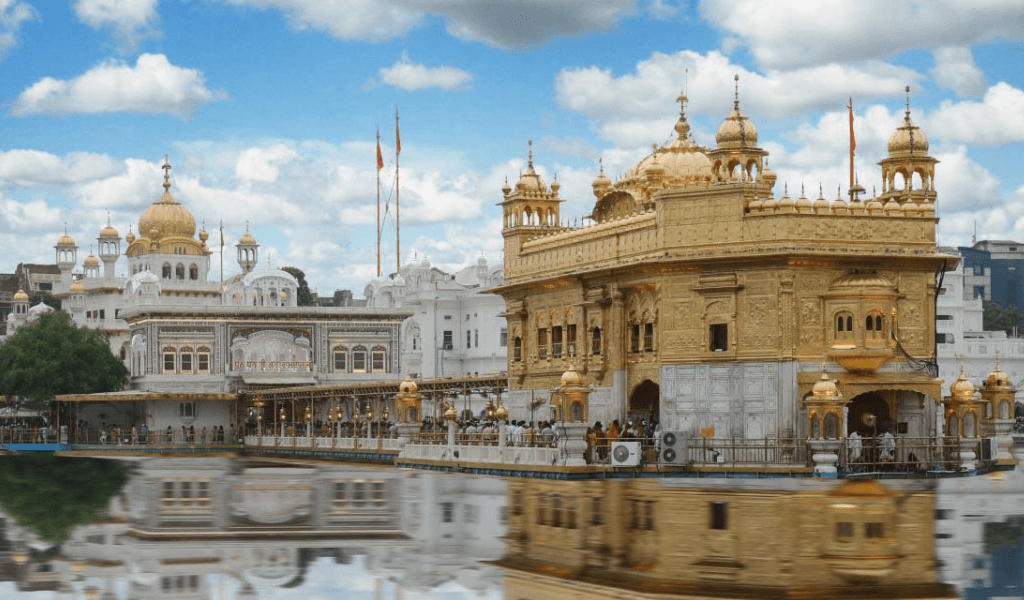


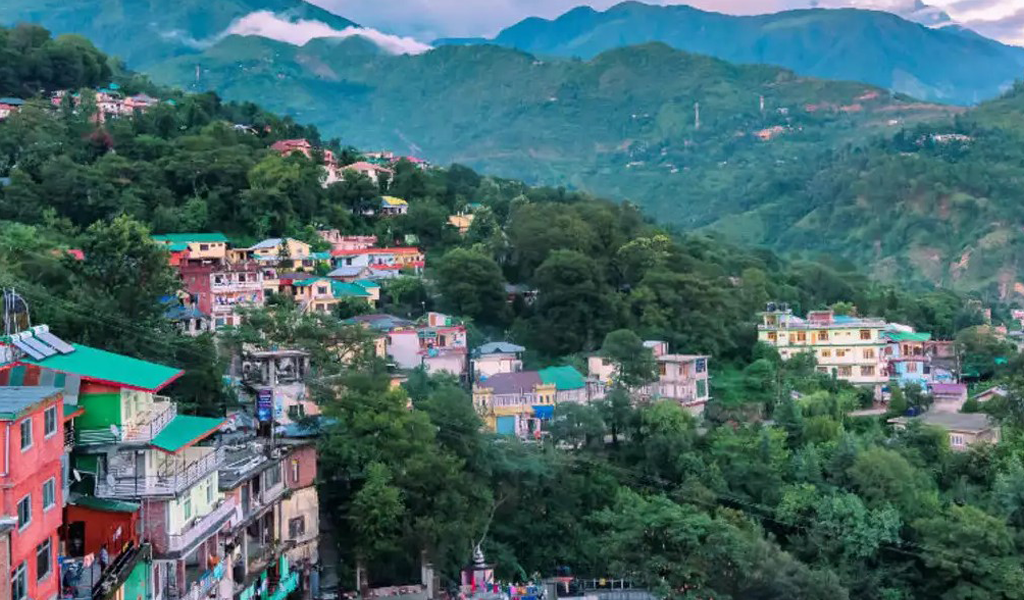
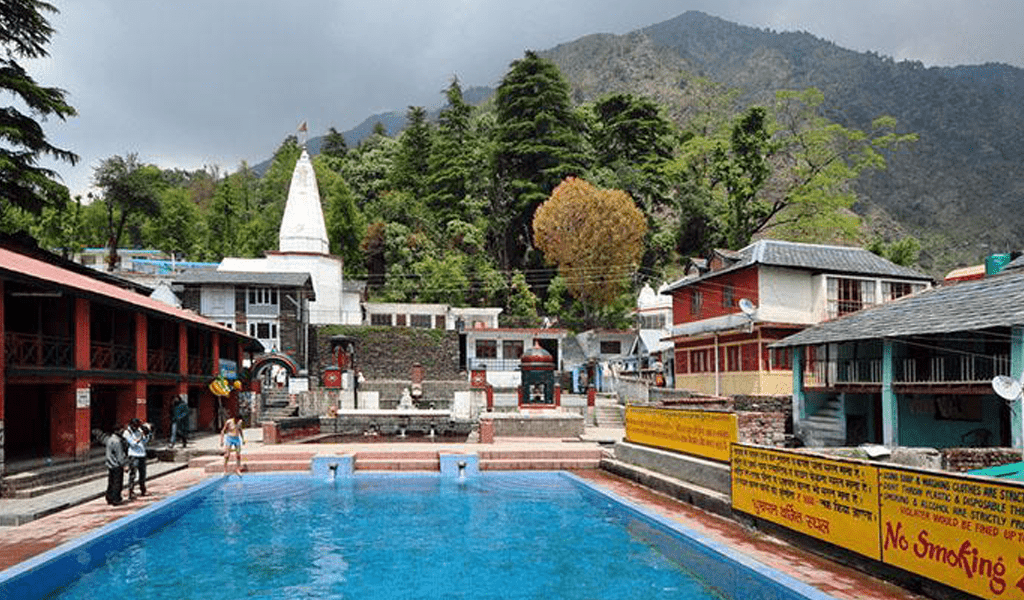
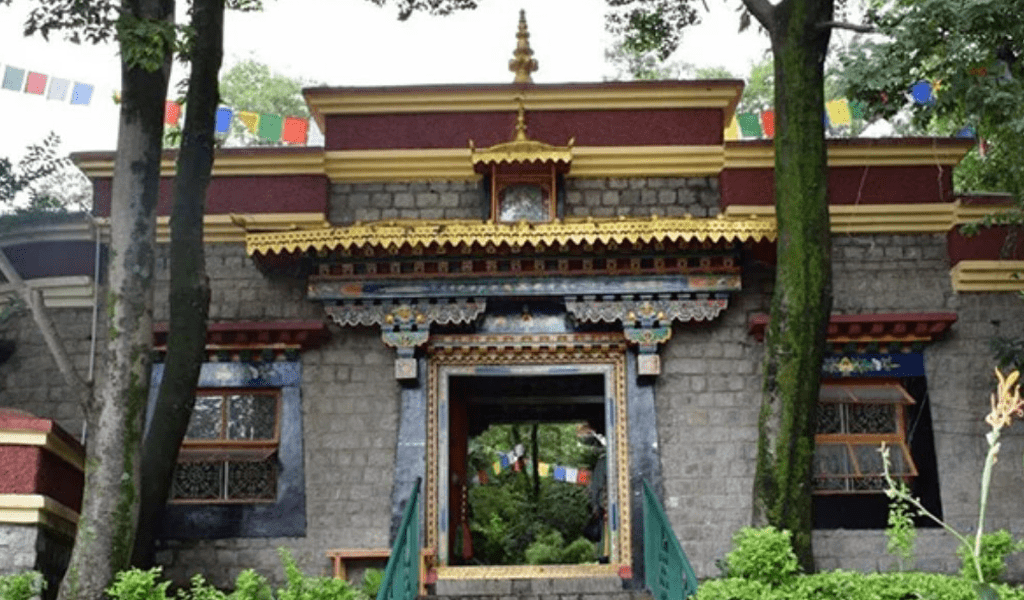
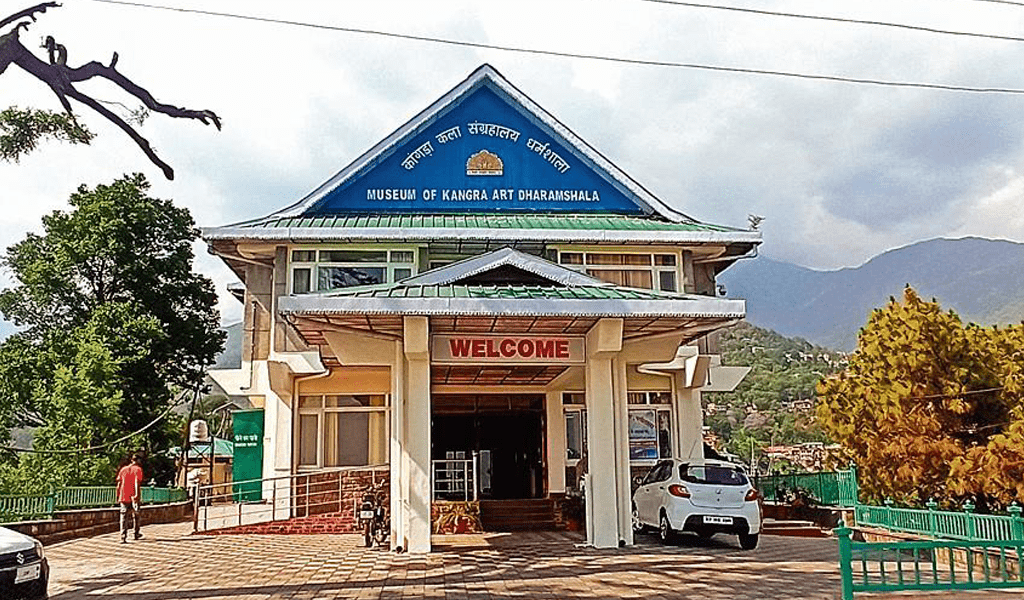
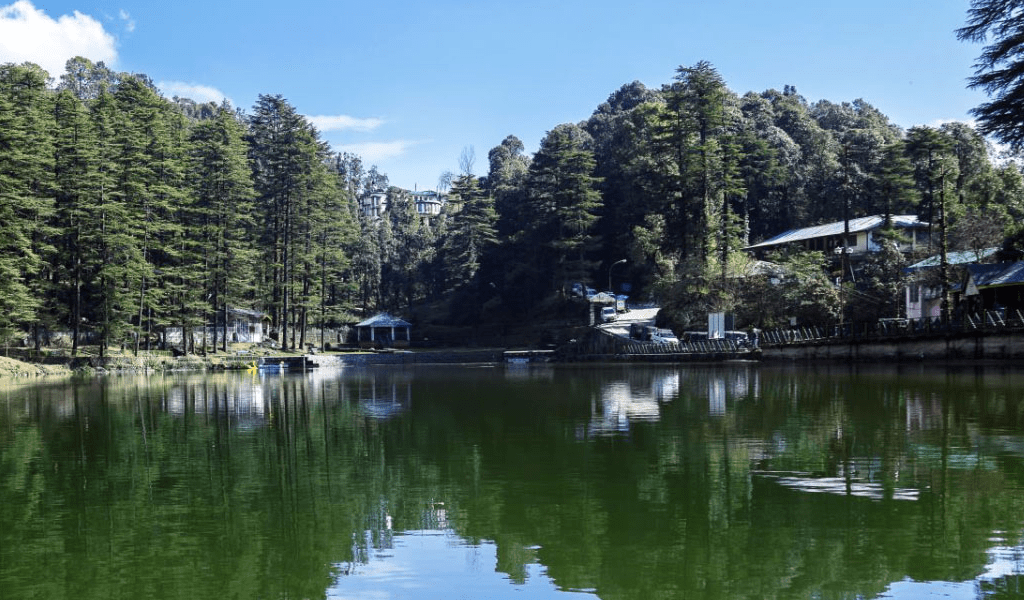
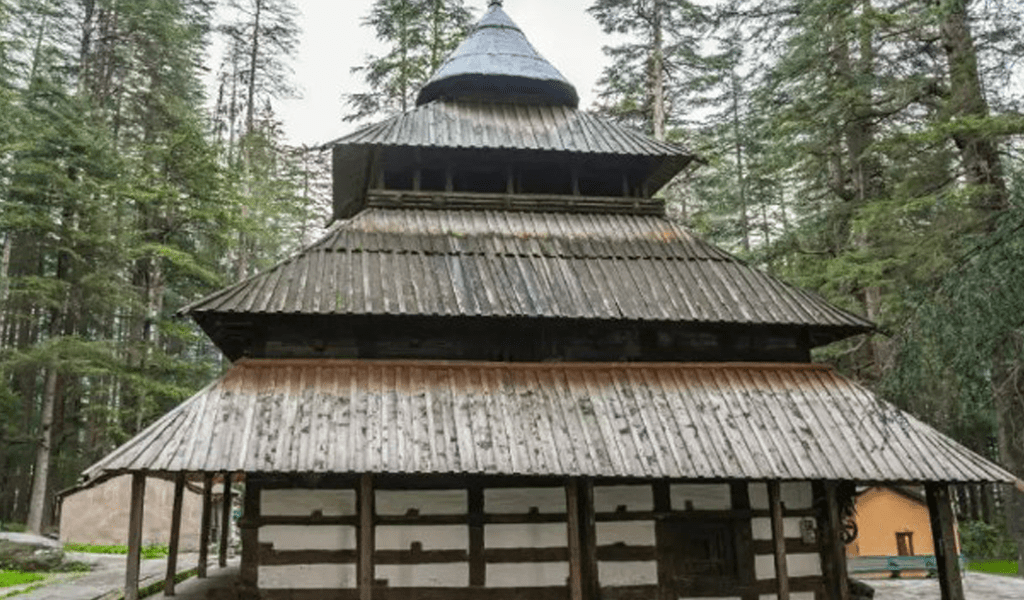
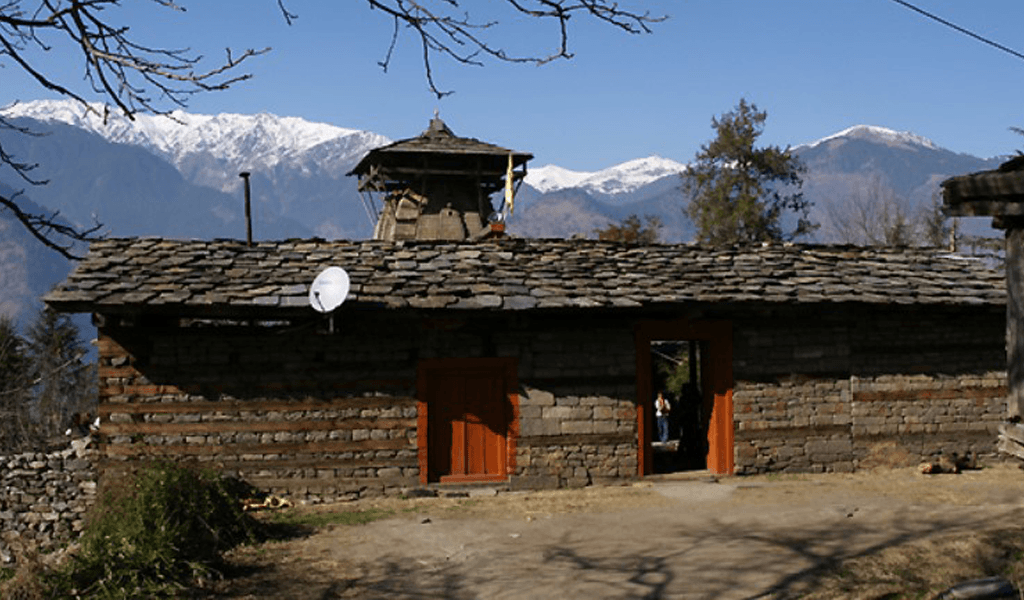
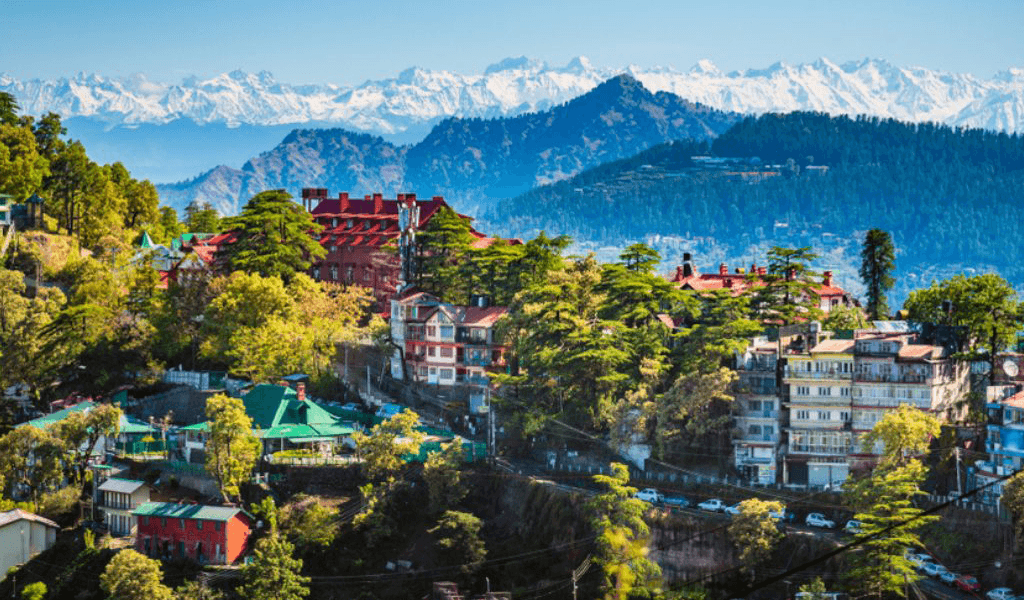
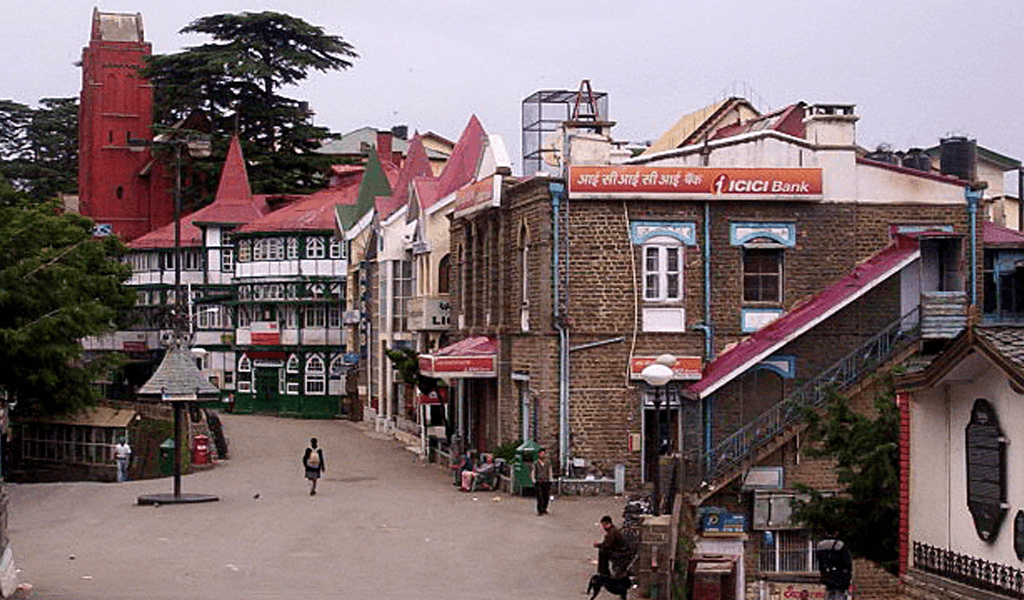
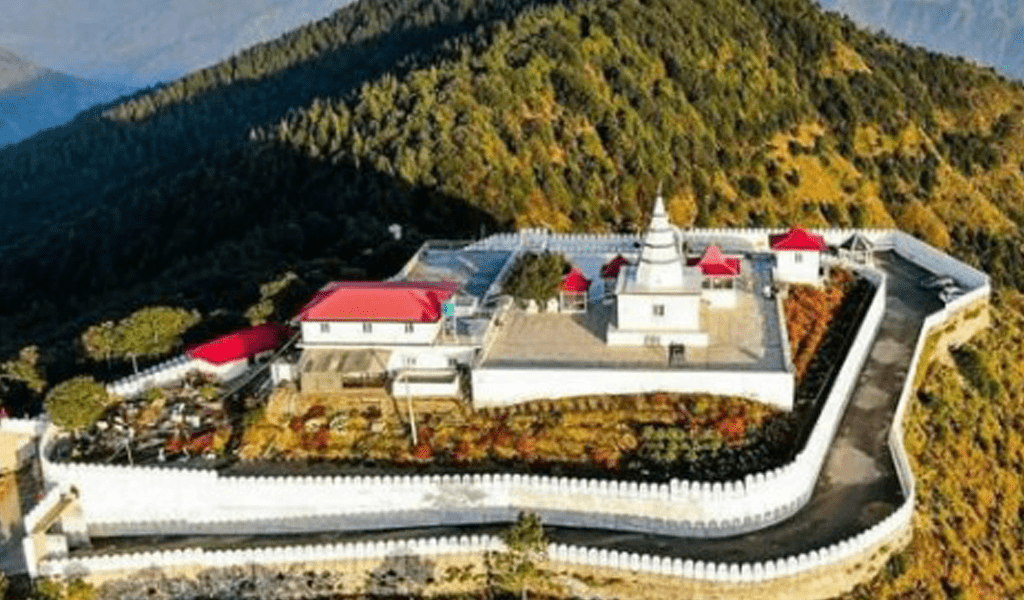
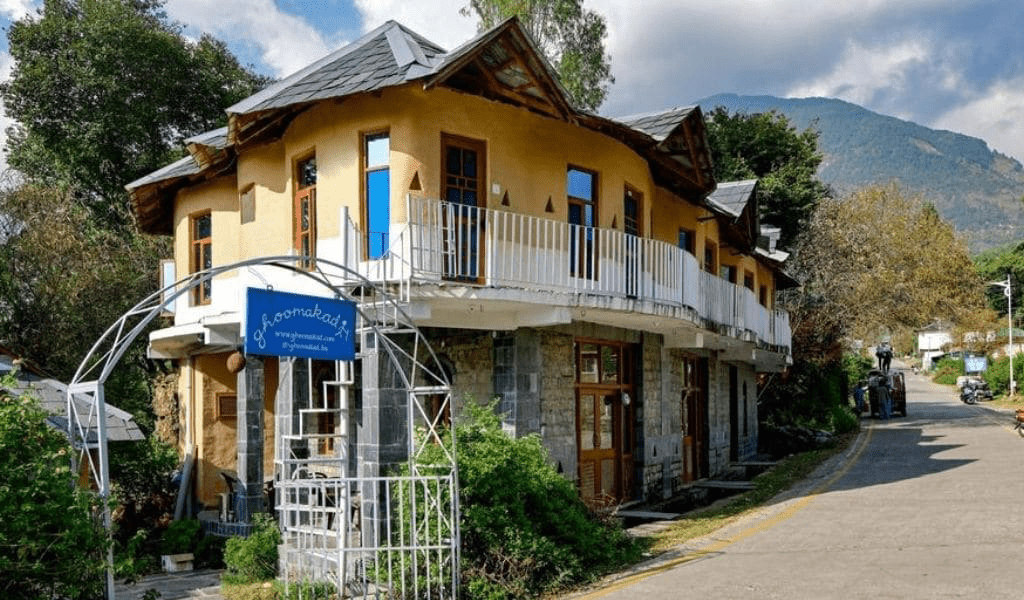
20 Nights & 21 Days
Highlights
- Meet & Assist
- Guided Sightseeing Tours
- Stay in Luxury City Hotels
- Golden temple & Jaliawala Bagh – Amritsar
- St Andrews Church, Mall Road, Colonial Buildings – Dalhousie
- Khajjiar Lake & Chamera Lake, Khajinag Temple – Khajjiar
- Laxmi Narayan Temple, Bhuri Singh Museum – Chamba
- Tsuglakhang Complex, Namgyal Monastery, Bhagsu Nag Temple, Bhagsu Waterfall – Mc Leodganj The Norbulingka Institute, The Losel Doll Museum, Kangra Art Museum – Dharamshala
- Paragliding site – Bir-Billing
- Tashi Jong Monastery, Lord Shiva – Baijnath
- Chamundadevi Temple – Chamunda
- Kangra Fort & Maharaja Sansar Chand Katoch Museum – Kangra
- Naggar Castle, Roerich Art Gallery & Muralidhar Krishna Temple – Naggar
- Hadimba Temple, Himachal Culture & Folk Art Museum – Manali
- Vashisht Temple & Village – Vashisht
- Ridge, Mall Road, Heritage Walk – Shimla
- Chail Palace & Museum, Gurudwara, Kali Temple & Village Visit – Chail
- Destinations Amritsar, Dalhousie, Khajjiar, Chamba, Dharamshala, Mc Leodganj, Kangra, Naggar, Manali, Shimla and Chail.
Destinations
Amritsar, Dalhousie, Khajjiar, Chamba, Dharamshala, Mc Leodganj, Kangra, Naggar, Manali, Shimla and Chail.
You will be met & assisted on arrival and transferred to your pre-booked hotel.
A bustling city with an indomitable spirit, Amritsar holds one of the holiest of Sikh ethos at its heart – the Golden Temple. Covered in 400 kg of gold and surrounded by a serene sarovar (pond), one is immediately swamped by the humbling sight of the glistening structure, which is also home to one of the biggest community kitchens (langar) in the country and serves about 20,000 people a day. Though visitors often make a beeline for the temple, the old-world charm of the city slowly sneaks up on them, making them fall in love with a city that buzzes with spirited and lively nuances. Be it the bullet-ridden walls of Jallianwala Bagh or the energetically charged scene of the Wagah Border, one has to step into the city to feel the passion.
Moreover, the city is known for its food pilgrimage that is undertaken in its frenetic and fantastic bazaars that win you over with their diversity and vibrancy. From an array of dishes like butter-drenched paranthas (Indian flatbread), creamy lassi (a drink made of yoghurt), dahi-balla and aloo-tikki (deep-fried savouries), the city’s food is rife with flavours and aromas. However, what makes travelling to the city truly unforgettable is the warmth of its people.
Amritsar gets its name from the holy tank called Amrit Sarovar, meaning pool of nectar, which surrounds the Golden Temple. Legend has it that the fourth guru of the Sikh faith, Guru Ram Das, founded the city around 1574 AD. It is said, Guru Amardas, the third Sikh guru, bought a piece of land, amid thick forests, to build a tank. But he died before it could be built. Folklore says Guru Ram Das invited 52 traders from nearby places to settle.
They built 32 shops, which still exist in Amritsar, and are popularly known as Batisi Hatta. The construction for Amrit Sarovar was completed by his successor, Guru Arjan Dev. Interestingly, Amritsar also finds a mention in the Hindu epic, Ramayana, as the place where Lord Rama and Goddess Sita’s twin sons, Luv and Kush, were born. Amritsar was further developed by Maharaja Ranjit Singh, founder and king (1801–39) of the erstwhile kingdom of Punjab.
Afternoon at leisure to relax.
Overnight stay at the hotel.
Post early breakfast, checkout and proceed to visit Golden temple and Jaliawala Bagh.
Post sightseeing, drive to Dalhousie.
Perched atop a rocky ridge, with snow-clad Dhauladhar mountains and rolling emerald valleys adding to its natural beauty, Dalhousie, in Himachal Pradesh, is a quaint hill town perfect for a relaxing holiday.
Lined with tall pine and deodar trees and dotted with pristine lakes and waterfalls, Dalhousie mesmerizes you with its natural bounty. No wonder this secluded town was a favourite summer retreat of the British before Independence! The town preserves many remnants from its past, and various quaint churches are a testimony to the colonial era. Dalhousie was named after the then governor general of British India, Lord Dalhousie, in 1854. Sprawling colonial-era buildings, that are liberally scattered throughout the town, are a testament to Dalhousie’s Victorian charm. Its beauty is further complemented by River Ravi flowing close by. This hill station also offers amazing views of the snow-capped Pir Panjal mountain range. Pines, oaks, rhododendrons and a number of other types of trees cover the mountain slopes. An ideal place to unwind, the hill station is a treasure of ancient temples, art, handicrafts and a rich cultural heritage that has been preserved since the 6th century.
On arrival, check-into the hotel.
Afternoon at leisure to relax.
Overnight stay at the hotel.
Post breakfast, proceed to visit St Andrews Church, an acclaimed landmark in Dalhousie with stunning glasswork and interiors. Established in 1903 at Ballon by Protestant Christians, the church is located in a cantonment area, and is popularly known as the Church of Scotland. Nestled among lush green surroundings with numerous pine trees, the quaint church paints a very beautiful picture. With surrounding natural beauty, simple yet detailed architecture and historic significance, the St Andrew’s Church of Dalhousie brings back nostalgic memories of the thriving town during the British rule.
Rest of the day leisure to explore the area on your own. You can explore the market and famous colonial landmarks of Dalhousie.
Overnight stay at the hotel.
Post breakfast, proceed for full day excursion to Khajjiar and Chamba.
Situated at an altitude of 6,500 ft, Khajjiar is gifted with scenic beauty that is heightened by two serene lakes, namely the Khajjiar Lake and the Chamera Lake. The scenic grassland is located on the outskirts of Dalhousie and is widely known as the ‘mini-Switzerland’ of India. The entire region is covered with a thick growth of a wildflower known as vacha that gives it an almost sponge-like quality. Khajjiar takes its name from Khajji Nag Temple, which is said to be the oldest in the state. Built around 12th century AD and located near the lake, it is believed to be one of the most revered shrines in Himachal Pradesh.
Post Khajjiar, proceed to the picturesque town of Chamba, ensconced in the verdant valley of the gushing River Ravi, in Himachal Pradesh. From pristine lakes, scenic waterfalls to the snow-capped Dhauladhar mountains and lush forests, Chamba is a tranquil retreat. Dotted with several ancient temples that echo with legends and myths, the town is a prominent spiritual centre and invites devotees from all over the region. Its numerous walking trails and waterfronts present ripe opportunities for adventure enthusiasts who can indulge in trekking, hiking, river rafting and camping. The rich history of Chamba is reflected in its various traditional arts and crafts like handkerchiefs, Pahari paintings, cast metalware and shawls.
Dating back to the 6th century, Chamba is known as the land of Lord Shiva and the Kailash Parvat (mountain). Set amidst the Shivalik hills, Chamba is said to have been founded by Raja Sahil Varman.
On arrival in Chamba, visit Laxmi Narayan Temple, constructed by Raja Sahil Varman. The temple is the main shrine in the town that has a group of six temples. Known for fine classical forms, the temple has been built in shikhara (spire) style with wooden chhatris (cenotaphs) and a shell roof.
Afterwards, proceed to Bhuri Singh Museum, founded in 1908 to preserve the cultural heritage of the region, Bhuri Singh Museum is situated at the heart of the town of Chamba. Named after the erstwhile ruler of Chamba state, Raja Bhuri Singh, the museum contains his inherited art collection. There are over 8,500 art objects and antiquities related to art, craft, archaeology, culture and history of the region. Most of the inscriptions housed are about the history of Chamba and written in Sarda script. The museum is also home to a number of unusual artefacts, including paintings of Ramayana and Bhagwat Purana that have been inspired by Basohli paintings. Old Chamba coins, jewellery, traditional costumes, armour, musical instruments used by the people of Chamba region are among the artefacts. The museum was set up with the help of Dutch Sanskritist and epigraphist, Dr J Ph Vogel, who worked with the Archaeological Survey of India (ASI), between 1901 and 1914. It is closed on Mondays and public holidays.
Post sightseeing, return to Dalhousie.
Overnight stay at the hotel.
Post breakfast, full free for independent activities.
Overnight stay at the hotel.
Post breakfast, checkout and drive to Dharamshala. A pristine green expanse ringed by the mist-shrouded Himalayas and a dense cover of oak, deodar, pine and conifers, Dharamsala (Dharamshala), in Himachal Pradesh, is a secluded natural retreat. While its pristine beauty leaves you in awe, its rugged terrain is ideal for adventure sports like trekking, paragliding or mountain climbing.
Dharamsala is renowned as the home of the Dalai Lama, the Tibetan Buddhist leader, and is a popular centre of Buddhism. Dotted with colourful monasteries, it offers a great opportunity to meditate and soak in the serenity and tranquillity of the surroundings.
From exquisite multi-hued Tibetan Buddhist thangka paintings and miniature Buddha statues to singing bowls and Tibetan handicrafts, the bazaars have a fine selection on display. Don’t forget to sample authentic Tibetan delicacies like thukpa (a soupy noodle dish), momos, golden fried baby corn, mittha (local sweet prepared with rice and raisins) etc.
Often fondly called the Little Tibet, tourists can set on a museum trail or visit the famous Norbulingka Institute that is said to be the gatekeeper of the art and culture of Tibetan Buddhism. You can also observe local artisans practising the art forms of thangka painting and appliquéing, statue-making and decorative wood carving, wood painting, weaving and tailoring.
Dharamsala was the summer holiday retreat for Britishers and grew as a Tibetan settlement in 1959, when the Dalai Lama was allowed by Indian Government, to stay in McLeodganj, in upper Dharamsala.
On arrival, check-into the hotel.
Rest of the day leisure to relax.
Post breakfast, proceed for sightseeing tour of Mc Leodganj.
A serene hill town near Dharamsala, McLeodganj is bestowed with unparalleled natural beauty in the form of verdant landscapes and snow-capped mountains. This hill station, perched at a height of 1,770 m above sea level, is renowned as the home of the Dalai Lama, the Tibetan spiritual leader. Because of its rich Buddhist heritage, McLeodganj is also called Little Lhasa (traditional capital of Tibet). McLeodganj has been named after Donald Friell McLeod, the then lieutenant governor of Punjab.
On arrival, visit Tsuglakhang complex The official residence of the Dalai Lama, Tsuglakhang is home to the replica of the original Tsuglakhang temple at Lhasa. It houses the Namgyal Monastery and several shrines in its premises, along with statues of Lord Buddha, Guru Rinpoche (an 8th century Buddhist master) and Chenrezig (a revered Bodhisattva).
Tsuglakhang would also appeal to art lovers as it boasts some of the most splendid artworks of the region.
Afterwards, visit 5000 years old Bhagsu Nag Temple, according to local legend, Nagdevata, the snake god was drawn into a battle with a local king, Bhagsu, who stole water from the sacred Nag Dal Lake. King Bhagsu was vanquished and forgiven by the god, and the site was consecrated as Bhagsu Nag. The temple is a place of pilgrimage for the indigenous Gurkha people from the nearby villages of Bhagsu and Dharamkot. During monsoons, the Bhagsu Waterfall, located around 10 minutes from the temple, is a delightful sight with its full-bodied stream stretching well over 25 ft, enhancing the contrasting black and green colours of the rocks and vegetation.
Late afternoon, drive back to the hotel.
Overnight stay at the hotel.
Post breakfast, visit The Norbulingka Institute, a unique, self-sustaining institute that has been maintaining traditions for generations. One can get a first-hand experience of Tibetan art here that is produced using methods that have been practised and passed down for many centuries.
Built in the traditional Tibetan style, the institute is situated in a valley below the city of Dharamsala. Exploring the beautiful campus can be an occupying activity. You can interact with local artisans practising the art forms of thangka painting and appliquéing, statue-making and decorative wood carving, wood painting, weaving and tailoring, and buy great souvenirs. The Losel Doll Museum in the premises has over 150 dolls in traditional costumes from various regions of Tibet. These were made by artist monks from the Drepung Loseling Monastery as part of a project to support their monastery. Visitors can also get to the round-the-year open Hummingbird Café and enjoy a wide variety of delicacies. The flagship shop at Norbulingka offers a range of products created at the institute, from hand carved furniture to clothing line to thangkas. Afterwards, proceed to visit, Kangra Art Museum. Kangra is a hub of art and culture of the state and the best of the exhibits have been displayed in the Kangra Art Museum. Located in Kotwali Bazaar, the museum is home to various arts and crafts of the Kangra Valley, including a gallery of miniature paintings. Some of the artefacts date back to the 5th century. A rich collection of pottery, sculptures and paintings can be seen here along with royal dresses, shamianas, coins, carvings, manuscripts and jewellery.
Post, sightseeing drive back to hotel.
Overnight stay at the hotel.
Post breakfast, proceed to visit Dal Lake, one of the most picturesque spots of Dharamsala that looks like an emerald set amidst craggy mountains. The lake is fringed by a lush forest of deodar trees that make for a serene picnic spot.
Spend some time in the nature.
Afterwards drive back to hotel.
Rest of the day at leisure to relax.
Post breakfast, proceed to visit Bir-Billing, the Paragliding capital of India. Here you can see majestic Dhauladhar mountain range with snow caped mountains. If weather permits, you may enjoy a short paragliding ride (Direct Payment). It’s a wonderful spot to take memorable pictures.
On the way back, visit Tashi Jong Monastery, famous for its ornamental terraces and beautiful decorative banners.
Afterwards proceed to Baijnath, situated on the banks of the pristine Gomti river, and best known for the famous 13th-century temple dedicated to Lord Shiva, who is worshipped as Vaidyanath or the Lord of physicians. The Baijnath temple has been a significant spiritual site ever since its construction in 1204 AD. It is a beautiful example of early medieval north Indian temple architecture known as Nagara style of temples. The two long inscriptions in the porch of the temple indicate that a temple of Lord Shiva existed on the spot even before the present one was constructed. Bajinath is set amongst the towering Dhauladhar range of the Himalayas. The entire area is dotted with temples dedicated to various deities that hold great spiritual importance for the local people.
Post sightseeing, drive back to Dharamshala with a stopover at famous Chamundadevi temple, on the banks of the Baner River. The temple, counted amongst 51 shakti peethas, is dedicated to Chamundeshwari
Overnight stay at the hotel.
Post breakfast, head to Kangra Fort, one of the oldest forts in India, to get a virtual experience of time travel.
The perfect blend of rich history and scenic beauty, the Kangra Fort, was built by the kings of Katoch, one of the oldest living dynasties, the fort is said to be the largest fort in the Himalayas. Its strategic position atop a hill, overlooking the surrounding areas, made it particularly prominent. From the fort, enjoy open vistas of the hilly landscape, arid at places and lush at others. Stand on its ramparts and gaze at the surrounding craggy peaks to understand why it was considered impregnable at one time! Exploring the fort will take you straight into the pages of history. Surrounded by majestic gateways and doors, it boasts vast courtyards and ancient temples within its premises. A good solid hour would be enough to take a tour around the fort.
Afterwards, visit Maharaja Sansar Chand Katoch Museum, situated right next to the fort.
Post sightseeing, drive back to hotel.
Afternoon at leisure to relax.
Overnight stay at the hotel.
Post breakfast, checkout and drive to Naggar.
Naggar is a small ancient town, at an altitude of about 1,851 m. Located at 26km from Kullu and 21km from Manali on the banks of River Beas, it was founded by Raja Visudhpal and continued as headquarters of the state until the capital was transferred to Sultanpur (Kullu) by Jagat Singh, the ruler of Kullu in 1460 AD.
One of the must-see sights in this picturesque town is the Naggar Castle, which is said to have been built by the rulers of Kullu around 1500 AD, before being turned into a courthouse by the British in 1846, and ultimately a hotel in 1976. Exhibits depicting the town’s rich culture and history can be found at the International Roerich Memorial Trust and the Urusvati Himalayan Folk Art Museum. The latter was established for the sole purpose of preserving the folk art and craft of the region.
On arrival, check-into the hotel.
Overnight stay at the hotel.
Post breakfast, proceed to visit Naggar Castle & Roerich Art Gallery and museum.
Later in afternoon 5km to ancient Muralidhar Krishna temple. The temple is believed to be 1000 years old. The presiding deity is Krishna, and there are also idols of Radha, Garuda and Laxmi-Narayan duly worshipped inside the temple. A small chariot or rath is kept to the south of the temple, which is used during a festive procession at the time of Dusshera.
Post temple visit, return to hotel.
Overnight stay at the hotel.
Post breakfast, proceed to visit Manali.
The magnetic town of Manali beckons to the soul of adventurers, nature lovers as well as solace-seekers. Manali is a charming hill station.
Visit the famous Hadimba temple, a place of historical and archaeological importance, the Hadimba or Dhoongri Temple is dedicated to Goddess Hadimba. The temple, draws tourists both for spiritual reasons and its architectural appeal. Nestled amidst a dense deodar forest, the temple offers picturesque views to visitors, who can also walk around the temple complex.
Afterwards, visit Museum of Himachal Culture & Folk Art. Just next to the Hadimba Temple lies this interesting museum that showcases a stellar collection of ancient and traditional heritage of the state. It was established in 1998 and some of its exhibits include scale-sized models of temples and forts in and around Kullu Valley, along with displays that include traditional textiles, garments and jewellery, furniture, architectural wood carving, dance masks and masks representing devtas (religious deities), religious relics and indigenous musical instruments. The museum not only helps preserve the traditional arts and ways of life but also creates awareness about the state’s dwindling heritage and customs. This is as good a place for tourists as for historians and scholars who are eager to learn more about the area.
Afterwards, explore the market before going back to the hotel.
Later in evening, proceed to a local village house for evening tea and dinner.
Overnight stay at the hotel.
Post early breakfast, proceed to visit Vashist village.
Said to be named after sage Vashistha, one of the most revered Hindu sages, Vashisth (Vashisht) a small village is known for its hot sulphur springs, whose waters are believed to have healing powers. Adjoining the springs is the Vashisht Temple, the highlight of the town. Said to be over 4,000 years old, this temple is dedicated to sage Vashisth (Vashisht). In close proximity lies another temple, which is dedicated to Lord Rama. These attractions apart, it is from this village that one gets the best views of River Beas and Old Manali. Most of the shops in this village sell woollen garments. The houses are built in the traditional style of thatched roofs with intricate woodwork, and one can simply stroll around the village to observe the local culture at close quarters.
On arrival, visit Vashisht Temple and afterwards a walking tour of the village to witness the local life and day to day activities.
Later in the day, drive back to hotel.
Overnight stay at the hotel.
Post breakfast, checkout and drive to Shimla.
Enveloped in mist, nestled within dense forests and silhouetted against the snowy peaks of the mighty Himalayas, Shimla is a paradise in the hills. From its British-era lodges that take you back to the old-world to the bustling 12-km-long Ridge, several heritage buildings in the city are witness to historical moments that have shaped the history of South Asia. The Ridge and The Mall are still popular landmarks, just as they were in the pre-Independence era. The imperial Viceregal Lodge, the graceful Christ Church, Gaiety Theatre, Gorton Castle, Barnes Court and several buildings are part of the colonial architectural heritage of the town.
On arrival, check-into the hotel.
Overnight stay at the hotel.
Post breakfast, day at leisure to relax or explore Shimla on your own.
Or you can opt for any of these below-mentioned walking tours.
Blessed with a grand colonial past, Shimla is a walker’s paradise. To know Shimla best, you need to explore its heritage walks. Every road here has some history; every wall hides a story behind it. Almost every house has a tale to tell, and every towering tree has been a witness to the town’s remarkable history.
Most of the lanes and paths have been carved through the woods of lofty cedars, rattling oaks, blooming rhododendrons and whispering pines. The old heritage Shimla town area has recently undergone a major restoration work. The original look and glory has been restored with painstaking effort and liberal resources.
Walk no 1 Scandal Point-General Post Office – The Mall-Telegraph Office -St Michael’s Church-St Andrew’s Church, Grand Hotel-Kali Bari Temple- SBI building-Railway Board Building-Gorton Castle-Himalaya Bramo Samaj-Vidhan Sabha-The Sanatorium-Cecil Hotel-climb up to The State Museum-Peterhof-Radio Station-Indian Institute of Advanced Study-Yarrows -Back.
This walk is around 6 km long and will take about 2 hours. There are level stretches, slopes and an occasional steep climb.
Walk no 2 Scandal Point – General Post Office -St Andrew’s Church-YMCA-Bantony-Kali Bari Temple-North Bank-Railway Board Building-Gorton Castle-The Vidhan Sabha-Knockdrin-The Cecil and Cooper Block, State Museum, Indian Institute of Advanced Study -Yarrows, SBI, St Michael’s Church, and Telegraph Office.
A round trip will cover 6 km and will take about 2 hours. There are level stretches and slopes. Plenty of built heritage and views on both these walks
Walk no 3 The Glen Walk The Glen is Shimla’s oldest and most popular picnic spot. There are oak, rhododendron, deodar, chil and kail pines in and around the Glen. Also partridges, pheasants, barking deer, foxes and leopards can be spotted.
This walk is 7-8 km on the round trip and can take around three hours. About 2 km from Knockdrin while the main road continues to Annandale, the path to Glen branches off next to the small stone shelter. You can also reach the Glen via the Cecil hotel.
Walk no 4 The Annandale Walk: Scandal Point to Knockdrin-Kumar House, way back through Lower Kaithu. At Annandale the first plane landed on this ground at the end of the First World War. Today it has a museum of military history, a golf course and a helipad. You can spot birds and animals on the way.
Walk no 5 Scandal Point to Kamna Devi Temple on Prospect Hill. From Boileauganj Bazaar- Prospect Hill-Observatory and way back via Summer Hill- The Holme- Manorville. It is about 8 km and takes 2 hours.
Walk no 6 Scandal Point to Chadwick Falls and back via Potters Hill.
This is around 12-15 km long and can take at least 6 hours. It runs along slopes and stretches. The last 2 km walk is along a narrow path in a forest. It covers Boileauganj, Summer Hill railway station, Summer Hill Post Office, Monorville and Chadwick Falls.
At Summer Hill there are two historically important houses. The Holme was once the residence of the celebrated artist Amrita Shergill and Manorville, the property of Rajkumari Amrit Kaur, Mahatma Gandhi often stayed in this house.
Walk no 7 Telegraph Office via the Mall to Barnes Court and then back to the Ridge over the Forest Hill Road. Shopping area of the Mall and the route loops back to the Ridge via Barnes Court, the Forest Hill Road (Lover’s Lane) and Ramachandra Chowk.
It is around 6 km, level stretches and slopes. It takes approximately 2 hours. Past the English Home Counties Style The Mall Road, the Town Hall and the Gaiety Theatre. Lift, Willow Bank, Chalet Day School, The Cedar Lodge (Swiss Bavarian style ornate woodwork and filigree metal) Oak Over, Oldest Cemetery and the Himachal Secretariat.
Overnight stay at the hotel.
Post breakfast, checkout and drive to Chail.
One of the most gorgeous and popular hill stations in India, Chail is famous for its unmatched beauty, royal palaces and sprawling cricket ground. Blessed with dense forests of chir, pine and deodars, Chail offers stunning views of the countryside. The main attraction is the Chail Palace. Built in 1891, it was owned by the Maharaja of Patiala and is now run as a heritage hotel. Its grand interiors and classic furniture are reminders of the princely lifestyle of the bygone era.
Cricket lovers can head to the School Playground, which was commissioned by Maharaja Bhupinder Singh (1891-1938), an avid lover of the sport. Perched at an altitude of 7,500 ft, the ground stands proudly as the highest cricket ground in the world.
The Kali Ka Tibba or Kali Temple is not only a major spiritual site but also offers majestic views of the city. Tourists can also visit the Chail Gurudwara that dates back to 1907. Chail is home to a rich variety of animal and bird species like Himalayan black bear and flying squirrel that can be spotted at the Chail Wildlife Sanctuary.
On arrival in Chail, visit the famous Chail Palace.
Afterwards, drive to hotel for check-in
Overnight stay at the hotel.
Post breakfast, visit Chail Gurudwara & Kali Temple.
Afternoon at leisure to relax.
Overnight stay at the hotel.
Post breakfast, full day visit to a village to see the rural mountain life.
Meet the locals and witness their lifestyle, houses and day to day life.
Enjoy traditional lunch with a local family and return to the hotel after evening tea.
Overnight stay at hotel.
Post breakfast, checkout and transfer to Chandigarh Airport for flight to onward destination.
